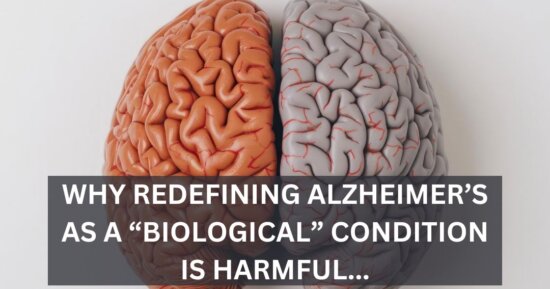Science
Mario Caruana, Ruben Cauchi, and Neville Vassallo
Alzheimer’s disease (AD) and Parkinson’s disease (PD) are the most common age-related neurodegenerative disorders and hence pose remarkable socio-economical burdens to both families and state. Although AD and PD have different clinical and neuropathologi- cal features, they share common molecular mechanisms that appear to be triggered by multi-factorial events, such as protein aggregation, mitochondrial dysfunction, oxidative stress (OS), and neuroinflammation, ultimately leading to neuronal cell death. Currently, there are no established and validated disease-modifying strategies for either AD or PD. Among the various lifestyle factors that may prevent or slow age-related neurode- generative diseases, epidemiological studies on moderate consumption of red wine, especially as part of a holistic Mediterranean diet, have attracted increasing interest. Red wine is particularly rich in specific polyphenolic compounds that appear to affect the biological processes of AD and PD, such as quercetin, myricetin, catechins, tannins, anthocyanidins, resveratrol, and ferulic acid. Indeed, there is now a consistent body of in vitro and in vivo data on the neuroprotective effects of red wine polyphenols (RWP) showing that they do not merely possess antioxidant properties, but may additionally act upon, in a multi-target manner, the underlying key mechanisms featuring in both AD and PD. Furthermore, it is important that bioavailability issues are addressed in order for neuroprotection to be relevant in a clinical study scenario. This review summarizes the current knowledge about the major classes of RWP and places into perspective their potential to be considered as nutraceuticals to target neuropathology in AD and PD.












